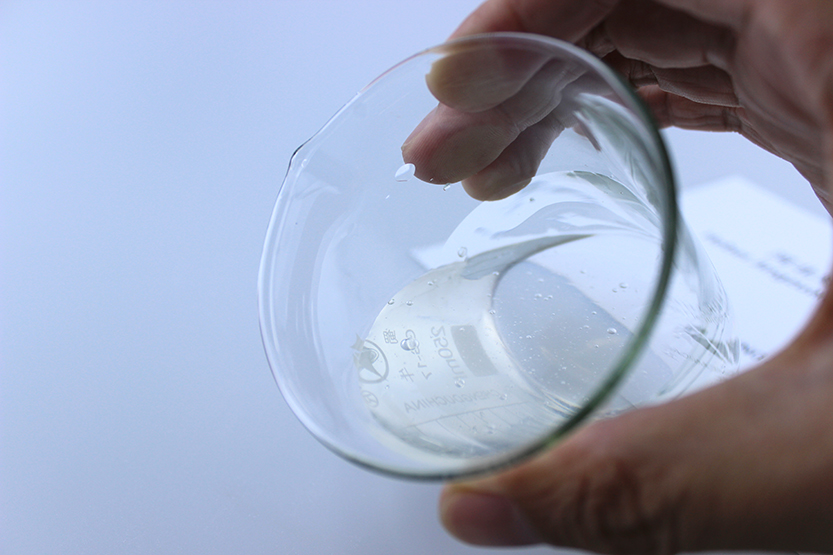
des. . 05, 2024 04:17 Back to list
Viscosity Characteristics of HPMC Grades for Optimal Application Performance
An Insight into HPMC Grades and Their Viscosity Characteristics
Hydroxypropyl Methylcellulose (HPMC) is a versatile and widely used polymer in various industries, particularly in pharmaceuticals, construction, food, and cosmetics. HPMC is a cellulose ether that is derived from natural cellulose, modified to enhance its properties for specific applications. One of the critical characteristics of HPMC is its viscosity, which significantly influences its performance in different formulations. Understanding the various grades of HPMC and their viscosity characteristics is essential for manufacturers and formulators to optimize their products.
Understanding HPMC Grades
HPMC is available in various grades, each tailored for specific applications and performance requirements. The grades are distinguished by their methoxy and hydroxypropyl content, which in turn affects their viscosity. HPMC grades can be categorized based on their viscosity levels at a specific concentration (typically 2% in aqueous solution).
- Low Viscosity HPMC These grades typically exhibit viscosity ranges from 100 to 500 mPa·s. They are commonly used in applications like coatings and emulsions, where a low viscosity is advantageous for easy application and processing.
- Medium Viscosity HPMC Viscosity in this category generally ranges from 1,000 to 3,000 mPa·s. Medium viscosity grades find considerable utility in the pharmaceutical industry, particularly in tablet binding and as suspending agents in liquid formulations.
- High Viscosity HPMC High viscosity grades start from around 5,000 and can exceed 20,000 mPa·s. These are essential in applications requiring significant thickening, such as in thickening pastes, mortar mixes, and certain types of gel formulations.
Viscosity Measurement and Relevance
The viscosity of HPMC is usually measured using a viscometer. This measurement is critical because viscosity influences several key properties such as flow, stability, and texture. For instance, in a pharmaceutical suspension, a higher viscosity can provide better suspending ability, ensuring uniform distribution of active ingredients. In food products, viscosity affects mouthfeel and consistency, which can influence consumer acceptance.
hpmc grades viscosity

The viscosity of HPMC is also significantly affected by the concentration of the polymer in solution. As the concentration increases, so does the viscosity. However, this relationship is not linear and can demonstrate unique behaviors, such as shear thinning (where viscosity decreases under shear stress), making HPMC suitable for applications like coatings and adhesives.
Factors Influencing Viscosity
Several factors contribute to the viscosity of different HPMC grades, including
1. Degree of Substitution The ratio of methoxy to hydroxypropyl groups in the HPMC structure influences its solubility and, consequently, its viscosity. Higher degrees of substitution generally lead to increased solubility in water, affecting viscosity.
2. Molecular Weight Higher molecular weight HPMCs will typically exhibit higher viscosities. Formulators often select HPMC grades based on the desired molecular weight to achieve specific viscosity characteristics for their products.
3. Temperature Viscosity can also change with temperature; for most polymers, including HPMC, an increase in temperature generally leads to a decrease in viscosity.
4. pH and Ionic Strength The properties of the solution in which HPMC is dissolved, including pH and the presence of salts, can also influence viscosity. Adjustments in these parameters can lead to different viscosity behaviors, allowing for tailored solutions for specific applications.
Conclusion
In conclusion, the selection of the appropriate HPMC grade based on viscosity is crucial for optimizing product performance across various industries. Understanding the relationship between HPMC grades, their viscosity characteristics, and the factors that influence viscosity can aid formulators in developing effective formulations. Whether in pharmaceuticals, food products, or construction materials, the right choice of HPMC can lead to improved product stability, texture, and overall application efficacy. Thus, as industries continue to innovate, the importance of HPMC grades and their viscosity will remain a significant area of focus.
-
tile-bonding-additives-for-stronger-bonds
NewsAug.22,2025
-
construction-grade-rdp-for-wholesale-needs
NewsAug.22,2025
-
trusted-wholesale-hec-partners
NewsAug.22,2025
-
hec-solutions-for-industrial-excellence
NewsAug.22,2025
-
construction-additives-need-hpmc-essentials
NewsAug.22,2025
-
hpmc-versatile-cellulose-ether-for-industries
NewsAug.22,2025







